The Forbidden Purple City is a part of the ancient capital of Hue. In the past this was the residence of the king and the royal family. Over hundreds of years of establishment and development, the Forbidden City has now become an extremely attractive tourist attraction. If you have the opportunity to tour Hue 3 days 2 nights on the nearest day, do not miss visiting this unique architecture.
1. Introduction of Hue Forbidden City
Forbidden Purple City is the third citadel of Hue Monuments. This is considered a ban only reserved for kings and royalty, even mandarins are not allowed to loiter around. In the past, this project was an important area of the royal court that was specially cared for and protected by the Nguyen kings.
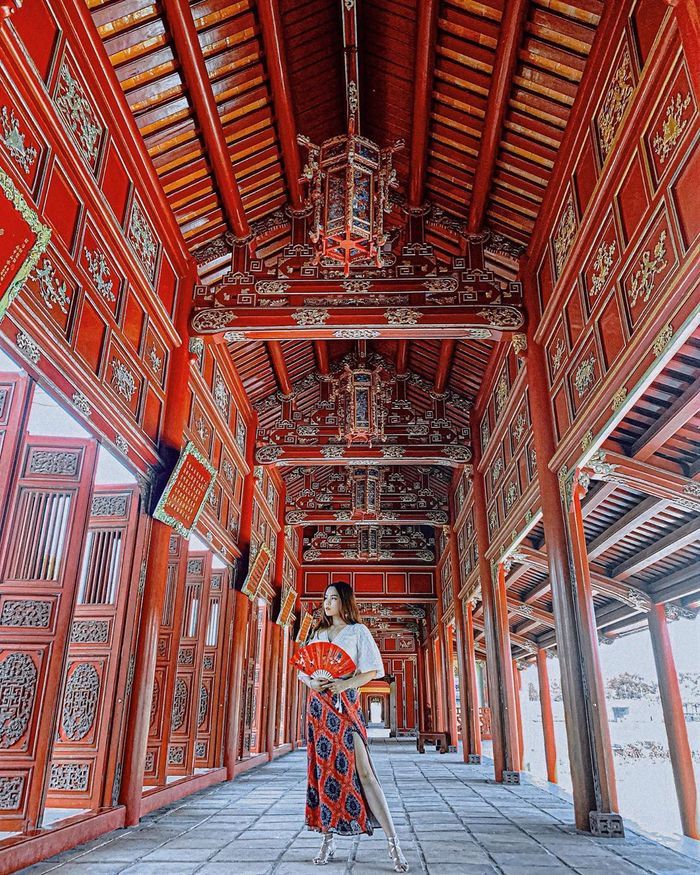
The Forbidden City of Hue is an extremely attractive tourist attraction
Coming to the Forbidden City, tourists not only admire many unique architectural works but also remember and recall the heroic history of the nation. Currently, some works in the Forbidden City have had a big change due to war and time.
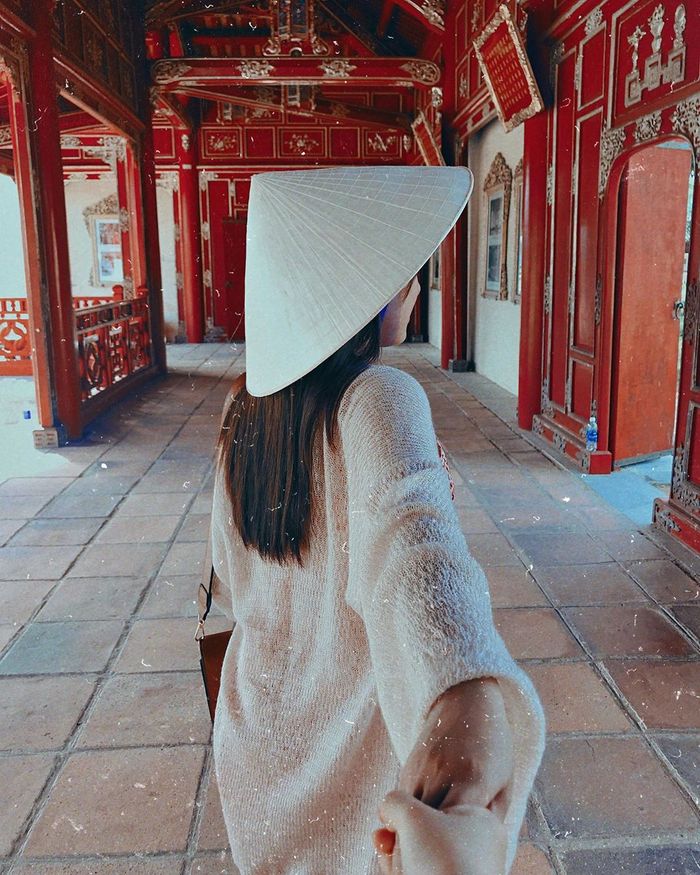
Today the Forbidden City is undergoing restoration. @tshinnef
2. Where is the Forbidden City?
The Forbidden City is located in the heart of Hue City in Phu Hau Ward. To travel here, visitors can use many different types of vehicles such as bicycles, motorbikes, taxis or can use cyclo.
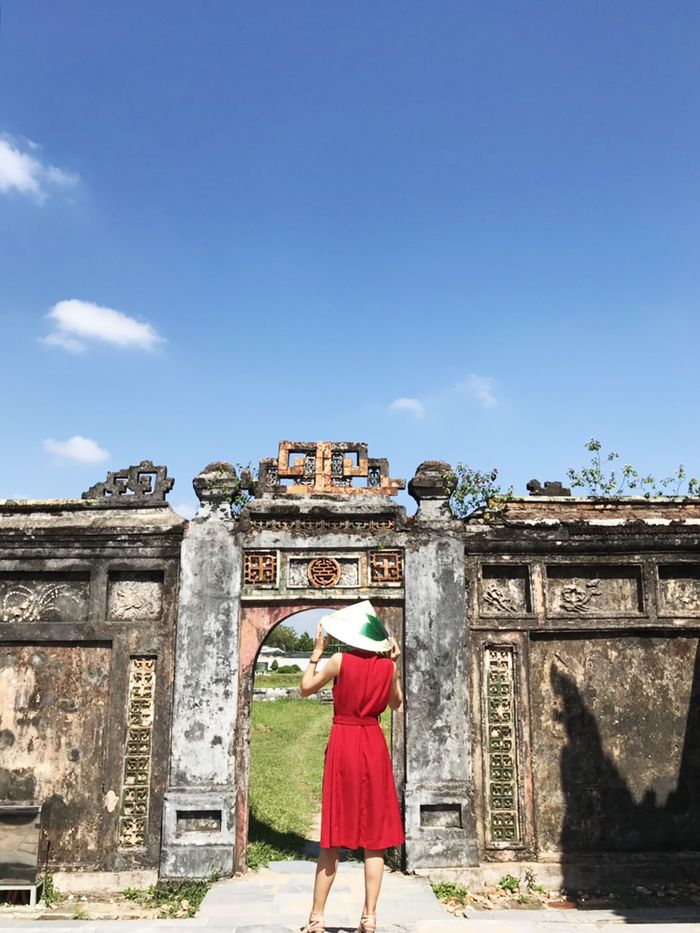
Forbidden City is located in Hue city. @hientran
3. Which season should the Forbidden City go?
Visitors can visit the Forbidden City in April or June of even years. This is the time when the festival season in Hue as well as the Forbidden City take place with many unique performing arts activities.
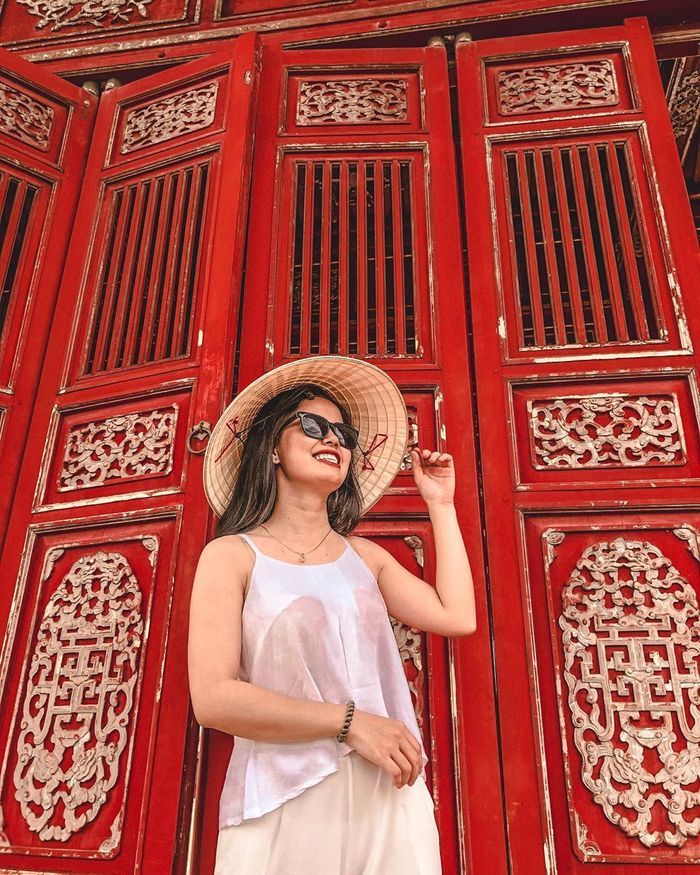
You should come here in April or June even years. @__thaochi__
In addition, January and February are also an ideal time to travel to Hue and visit the Forbidden City because the weather here is extremely pleasant and cool.
4. Ticket price and opening time at Forbidden City
4.1. Opening hours of the Forbidden City
- Summer: 6:30 - 17:30
- Winter: 7:00 - 17:00
4.2. Ticket price to visit the Forbidden City
- Adults: 120k / person
- Children ( 7-12 years): 30k / person
- Children (under 6 years old): free of charge
- Foreign guests: 150k / person

Please refer to the fare before you go
The ticket price above includes a visit to the Imperial Palace and the Museum
5. History of the Forbidden City
Forbidden Purple City was started to build in 1804, the year of the 3rd Gia Long king. At first, this project was called Cung Thanh but in 1822 ( Minh Mang 3) was renamed Tu Cam Thanh.
According to myth: Horoscopes is the residence of Heaven in heaven, the king is the son of heaven, so the king's residence is also called death. Forbidden City is an area that does not allow ordinary people to come in and out, this place is only reserved for kings and royalty.

The Forbidden City was started in 1804. @nganso
The Forbidden City and even the Imperial City in general have been badly damaged since the French recaptured Indochina. At the end of December 1946, Can Chanh palace, Can Thanh palace, Kien Trung palace and some other palaces were destroyed by Viet Minh troops (at this time, our army was adopting a strategy of eliminating resistance). On the night of December 19, the Viet Minh placed a mine to collapse Trang Tien Bridge to block the advance of the French troops.
More than 20 years later, the Army of the National Liberation Front of South Vietnam captured the Imperial City of Hue. Meanwhile, the Republic of Vietnam forces and the US Army had a fierce battle for 25 days. This fighting was recorded as the "Mau Than 1968 campaign". The war broke out, causing many constructions in Forbidden City, which were now damaged more and more seriously. Many places have been flattened and now only ruins remain.

Relic area was pretty much ruined by the war. @ diem.yahigo
By 2006, the Government has restored a number of works in the Forbidden City with a total budget of up to 82.7 billion VND. Therefore, many relics are still restored and become a symbol of the Vietnamese feudal period.
6. Architecture of the Forbidden City
6.1. The beauty of architecture of the Forbidden City
Forbidden City owns an extremely attractive and eye-catching architectural space. The distribution of works is calculated accurately and has a certain purpose. Therefore, the full architecture system is quite closely linked with each other. All created a truly magnificent and magnificent palace system that captures many tourists.

The magnificent architecture of Hue Forbidden City
The Forbidden City is built in a rectangular form. The circumference of this work is 1,299.36m, the wall height is 3.72m, the thickness is 0.72m. In particular, all works are made from mallet material. An ancient material known for its durability and ruggedness.
6.2. Layout of the Forbidden City
The Forbidden City is distributed into many major areas. The layout of the building ground is designed closely, balanced and harmonious with each other. All monuments are placed in balanced positions in pairs.
Ngo Mon area to the Tu Phuong floor is unscathed. Other positions such as the rear, pre, upper, or right areas are all consistent.
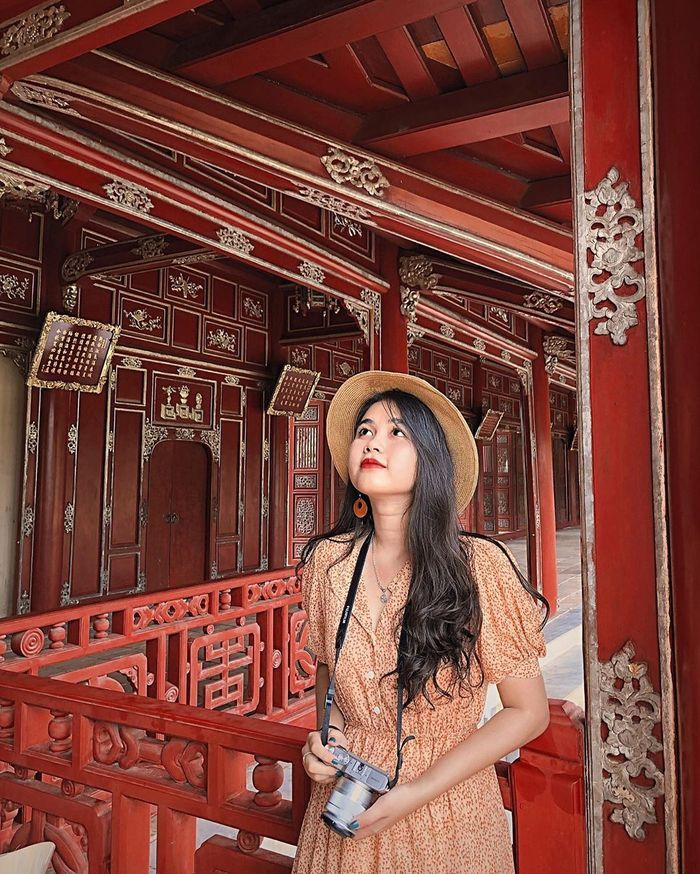
Visitors immersed in architectural masterpieces
The composition of the Forbidden City is exquisitely designed and has always become an artistic standard in expressing the monopolistic ideology of kings and lords. It is no exaggeration to say that this building is like the small universe of the vast palace area. It has all the necessary amenities and facilities such as accommodation, sleeping, and living space to meet the needs of the king and the royal family.
6.3. The structure of Hue Forbidden City
Forbidden City has 7 doors with 4 directions: east, west, south, north. To the south is Dai Cung door made of wood and tiles from Hoang Luu. To the east is Dong An and Hung Khanh gates. Behind Dong An is Cam Uyen and Duyet Thi. The west is the door of Gia Tuong and Xi'an. Nghi Phung and Tuong An gates are in the north.
Inside the Forbidden City there will be nearly 50 constructions built on different scales. The main entrance is the Grand Palace built in 1833. After that, it will be a very spacious yard. Next is the Can Chanh area, where the king worked and listened to the courtiers who gave their opinions in court meetings.
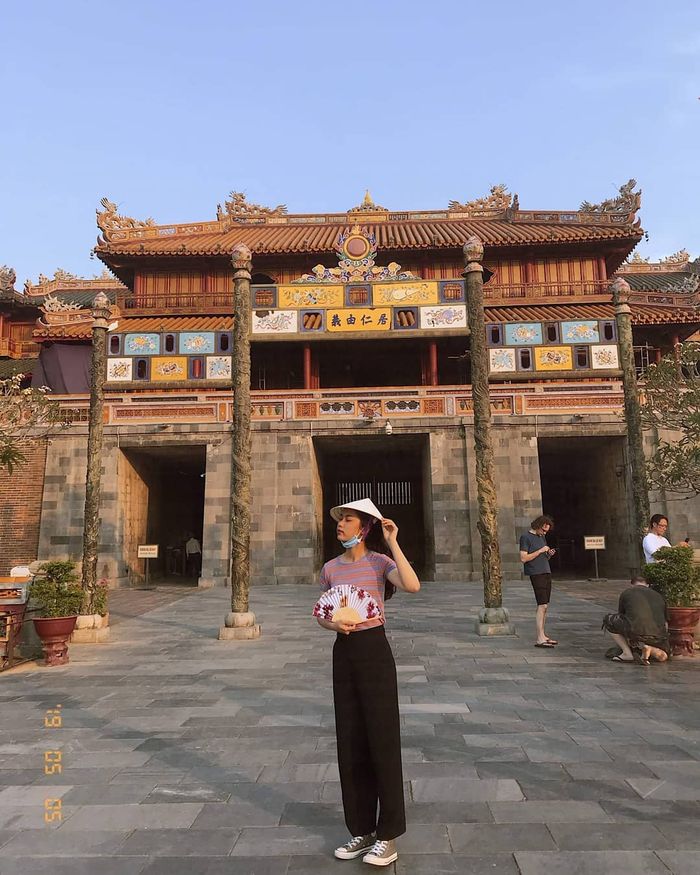
The Forbidden City consists of several dozen large and small constructions inside
Can Chanh Palace has a decoration style very similar to that of Thai Hoa. The nave is where the throne is located, the two sides of the right are used to hang the map. The area of Vu and Huu Vu is the place where the martial arts officials organize their clothes and wait before entering the venue. In the north of the main hall is Co Mat Institute, the Cabinet room is in the south. This place used to contain many chapters of the ministries presented. Behind the Can Chanh Palace is the location of Noi Dinh. The ancient kings often came here to eat and live.
Can Thanh Palace is the area of the king, so it is designed a very large yard in the front and has more lotus. In particular, the area in the middle is placed a very nice design screen. However, due to the war, Can Thanh power now has only ruins.
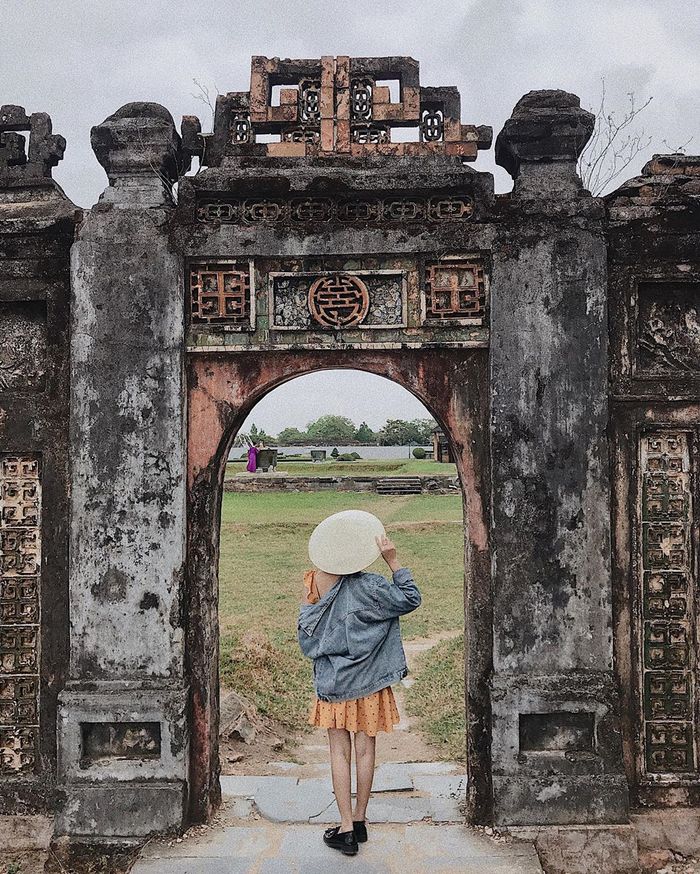
The ancient Can Thanh Palace in the photos. @thuyhoan_bee
North of Can Thanh palace is Thai Khon area. This area has Trinh Minh, Khon Thai, ... All are resting places, activities of Hoang Quy Phi and concubines. During the reign of King Gia Long, this place was called Khon Duc palace until it was later changed to be Khon Thai.
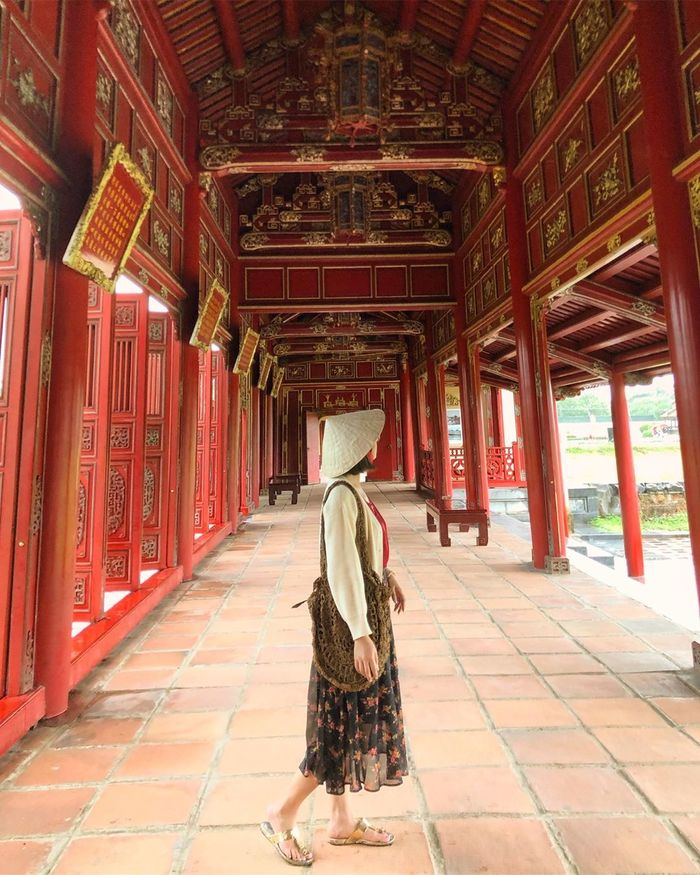
Many buildings now have only memories. @ vu.xuan.thao
Next to Khôn Thai palace is Kien Trung floor (also known as Minh Vien floor). This floor is 3 stories high and was built in 1827. The upper roof is using royal tiles, especially the top of the floor is arranged with a telescope. Because of that, in the past, many kings stood at the Forbidden City to observe the scenery from afar. In 1913, Emperor Duy Tan ordered to rebuild and rename it as Du Cuu floor.
In addition to the above works, the Forbidden Purple City also has the barn and other palaces to meet the eating and entertainment needs of the Nguyen Dynasty.
7. What is the attraction of the Forbidden City?
7.1. Thai Binh Lau
Thai Binh Lau was built from 1919 - 1921 under the reign of King Khai Dinh . This place is a place for the king to read books and rest at his leisure. This building is built with a lobby, a post office and a main house connected by two drainage troughs. The surface of Thai Binh Lau is 1m high, in front is four pillars built from plastered brick. The phrase "Thái Bình Lau" in front of the court was ruled by Khải Định king.

Thai Binh is a typical project in the Forbidden City of Hue
The 2-storey house behind the lobby is the main house. The roof of this building is covered with yellow yin-yang tile. Especially, the decoration is extremely splendid with the images of bats representing Ngu Phuc. The after-sales part consists of 3 compartments, paralysis tiles are used as the roof, the top of the two sides has the image of three old men wishing each other well.
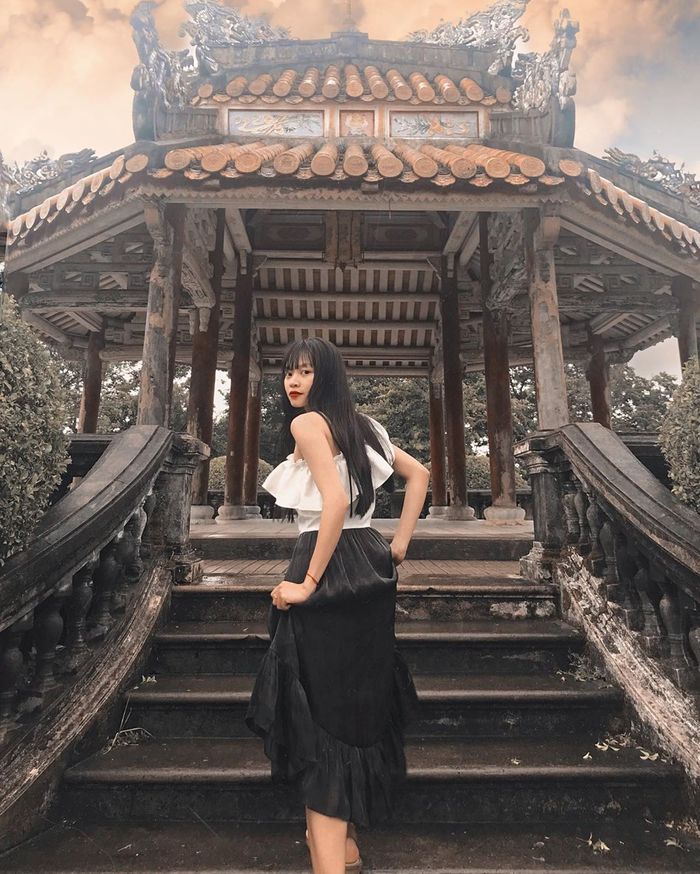
Check in really genuine in Thai Binh Lau. @ nguyen.pchi98
7.2. Browse Market Street
Another place in which the introduction of Hue is mentioned is Duyet Thi Duong. Duyet Thi Duong was built in 1826 under the reign of the 7th Minh Mang and is located inside the Forbidden City. This is the place to perform performances of singing, classical opera for the king, royalty and courtiers.
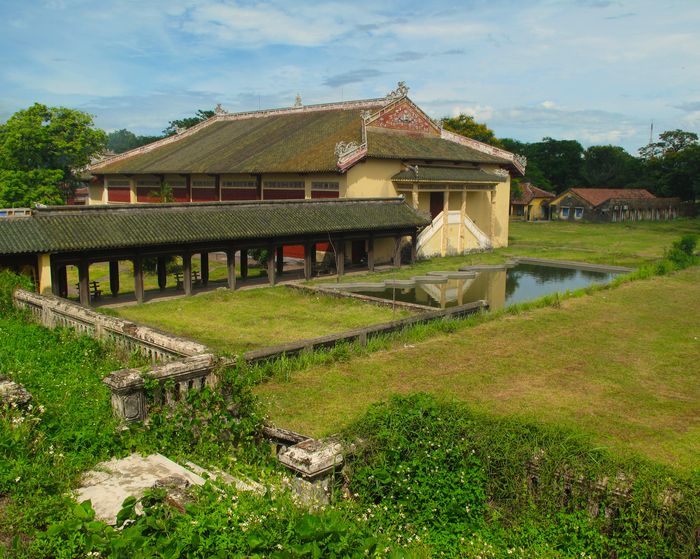
Overview of Duyet Thi Duong Hue
Today, Duyet Thi Duong is considered the oldest theater in Vietnam theater industry. In 2004, this work was restored and put into use Hue royal court musical performance.
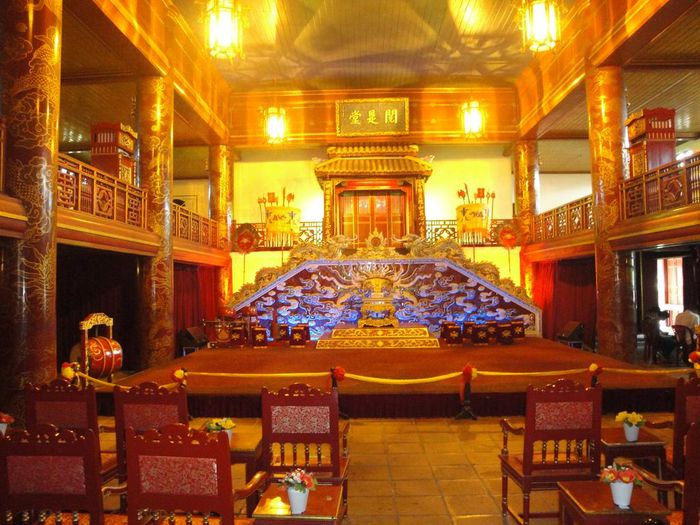
This is the oldest theater in Vietnam theater industry
7.3. Ngu Uyen Thieu Phuong Garden
Ngu Uyen Thieu Phuong Garden is also known by another name Thieu Phuong Vien built in 1828 (King Minh Mang reigns). To come here, tourists go through the gates of Hung Khanh in the Forbidden City.
Around this garden is surrounded by brick walls. This area is famous for the "ten thousand words lang" structure. Formerly, Thieu Phuong Vien was a tomb in the ten most beautiful scenes of the ancient ruins of Hue.
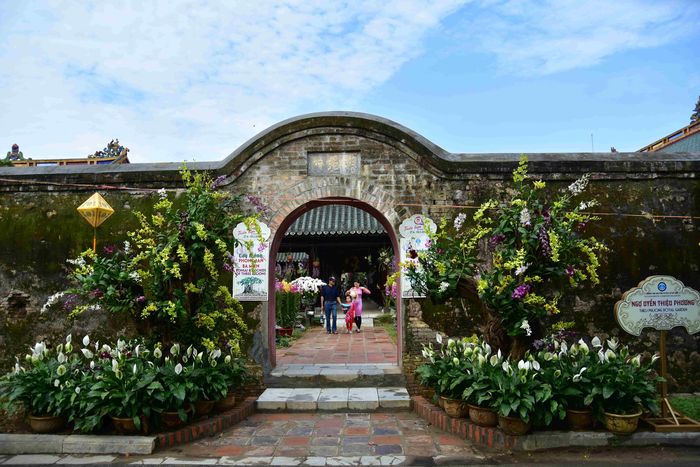
Ngu Uyen Thieu Phuong Garden attracts many tourists to visit
8. Forbidden City and the note when visiting
8.1. Costumes suitable to Forbidden Purple City
The Forbidden City is a work of cultural and artistic value and has a majestic beauty. So you should not wear revealing outfits or pose offensive. That will lose the great value of the monument dating back hundreds of years of history.

Long dresses are always a good choice. @__ yen.hoang
8.2. Sunscreen
For absolute protection of your skin from the sun, never forget to apply sunscreen before visiting the Forbidden City. Do not forget to bring it with your bag so you can take it out about every 20 minutes.
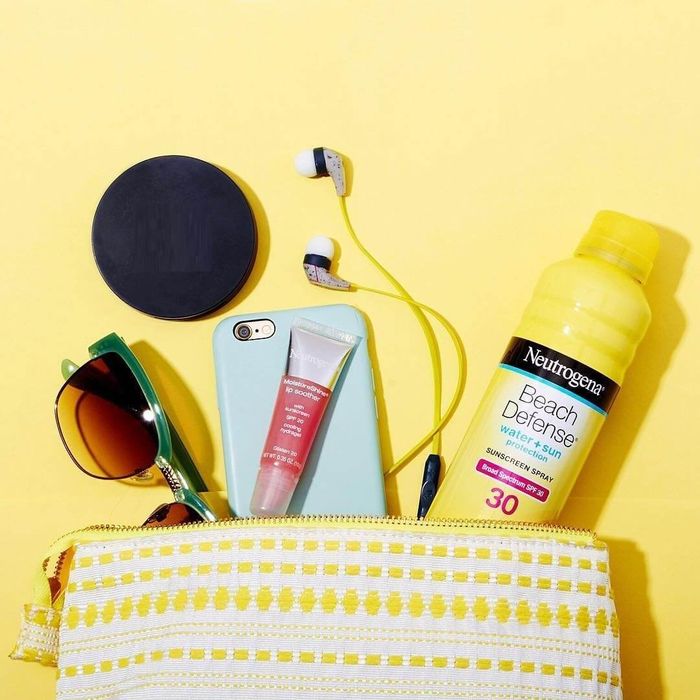
Don't forget to put sunscreen in your bag
8.3. Water
To explore the Forbidden City you will take quite a long time and no less walking. So to ensure timely energy supply when the weather is hot or tired, do not forget to leave the bottle of water in your backpack.

Drinking water will be an essential item for the journey to explore the Forbidden City
The Imperial City of Hue is a major national asset. Despite the erosion of time and war, the ruins have been partially damaged, but the values of architecture and human intelligence remain intact to this day.




0 Nhận xét